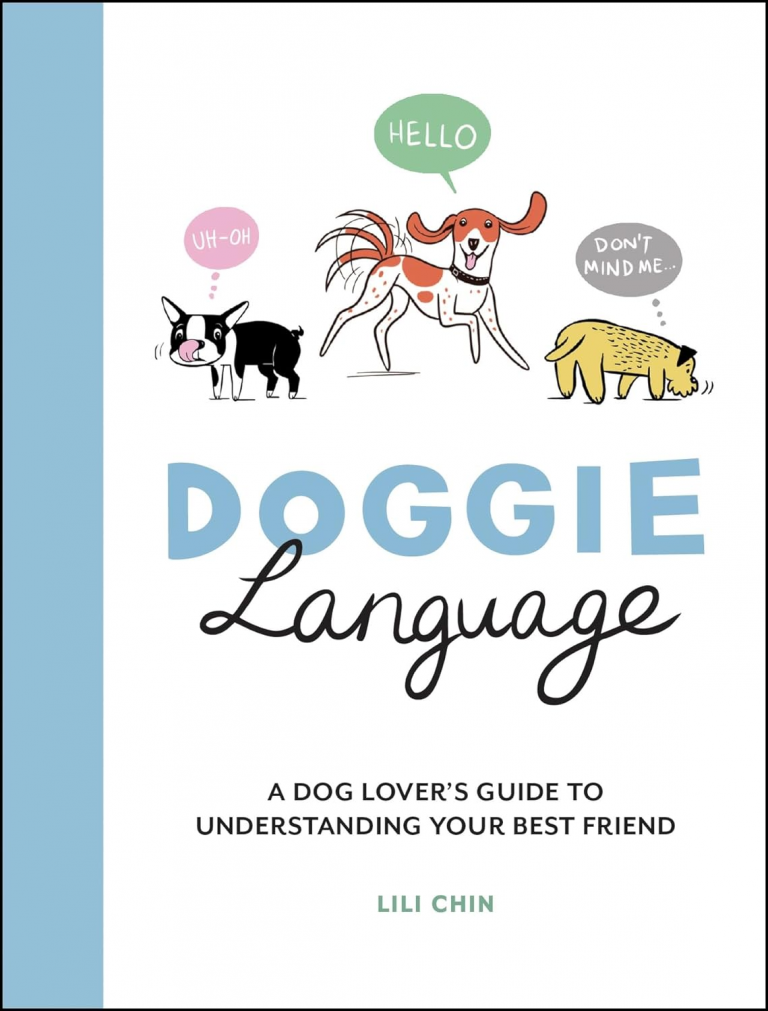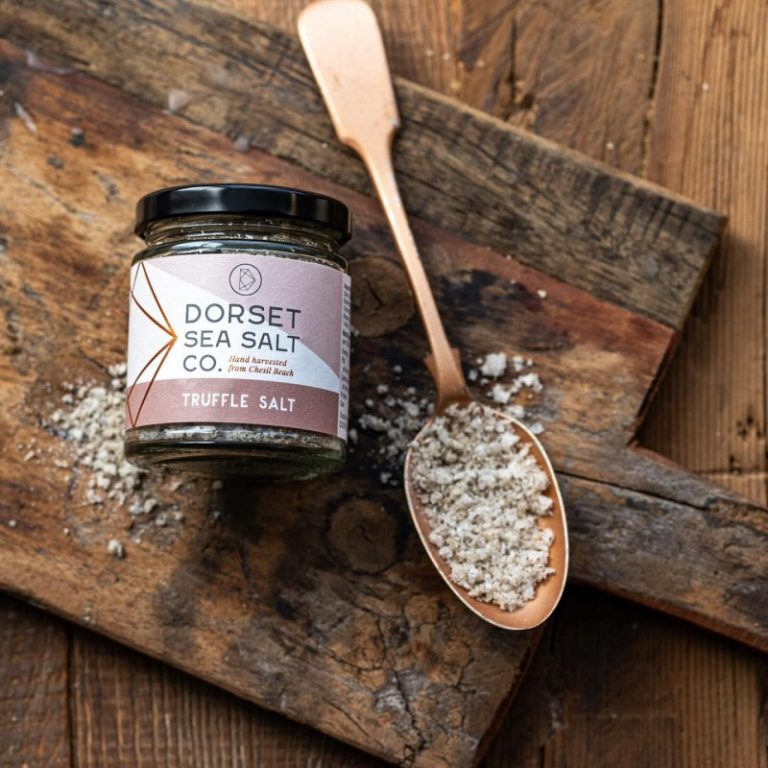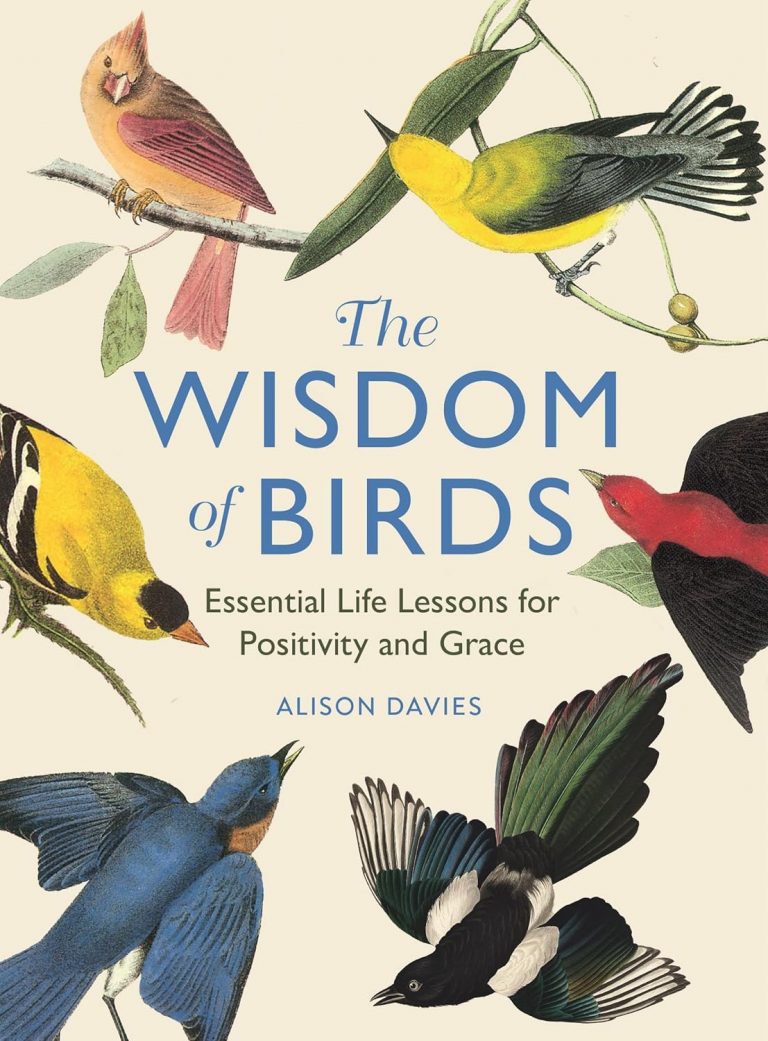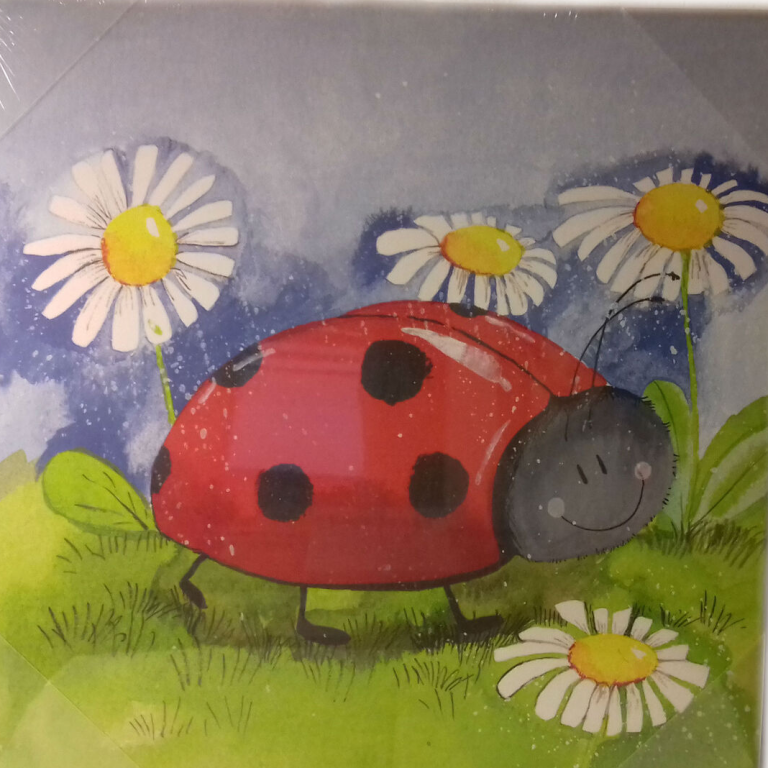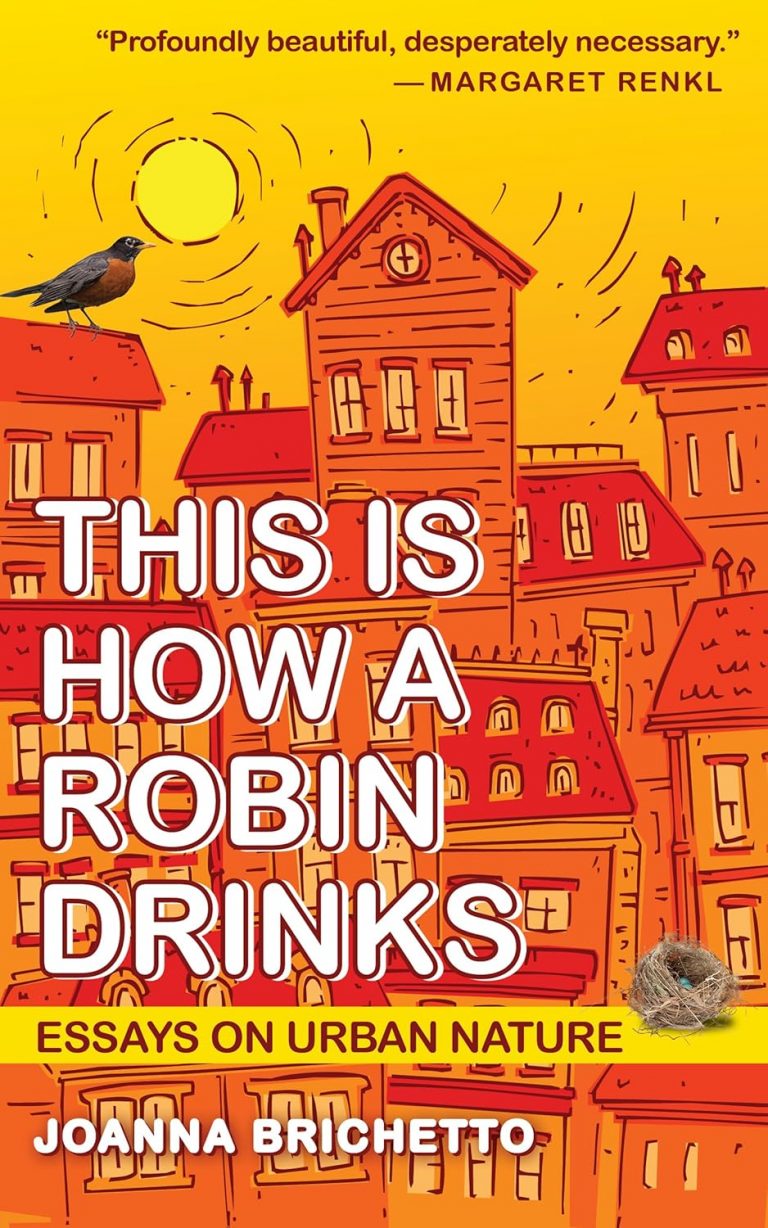
Choosing good pet food means more than just filling a bowl. Your pet’s health, happiness and energy all tie back to what’s in their dinner. There’s a lot on the shelves, with bags and tins promising miracles or healthier coats, but not all options are equal.
With pets relying on us, it’s worth learning what goes into their food. This guide brings you honest tips to cut through the confusion and help you spot top-quality pet food. Let’s make feeding time the best part of their day!
It’s best to switch pets slowly onto new foods (it can take weeks or months for older pets and those with sensitive tummies).
If they are happy on what they eat, it may be better to just leave them on present food, rather than start switching things around.
Avoid feeding cooked bones (can choke), raw eggs and fish (salmon which contains a deadly parasite).
Check the First Ingredients
Look at the first ingredient on the pet food label. Top-quality foods list a real ingredient. If the label starts with a generic term like “meat by-product” or a grain, you may want to keep looking.
Proteins sourced by name shows you what your pet is actually eating. And these are easier for pets to digest and use for energy and strong muscles.
Avoid Artificial Additives
Many cheaper brands use artificial colours, flavours or preservatives to improve the look and shelf life of pet food. There’s no real benefit for your pet, and some additives have been linked to allergies or tummy upsets.
Ingredients with long chemical names, such as BHA, BHT and ethoxyquin, are worth skipping. Natural preservatives like vitamin E are better choices for your pet’s wellbeing.
Understand Labelling and Claims
Don’t get caught by labels shouting “premium” or “natural” without proof. These words aren’t regulated and may not mean much on their own. Instead, look for clear statements about the recipe, such as “complete and balanced nutrition for adult dogs”.
Trust products that show their nutritional standards or are approved by groups like FEDIAF (European pet food authority).
Consider Your Pet’s Age and Health Needs
Kittens, senior dogs or pets with allergies all have special needs. The right food supports their life stage and health. Puppy or kitten foods contain more calories and nutrients for growth, while senior mixes may have fewer calories but more fibre for easier digestion.
If your pet has special needs (like sensitive skin or joint issues), look for food designed to help with those specific problems.
Look for Transparency from Brands
Brands that care about pets usually share details about where their ingredients come from and how their food is made. Check their website for sourcing information, quality checks, and who formulates their recipes.
Some reputable companies consult with vets or animal nutritionists and tell you so on their packaging. The more open a brand is, the easier it is to trust what’s on the shelf.
Check for Recalls and Reputation
A quick search can show if a pet food brand has frequent recalls or customer complaints. Consistent recalls suggest problems with safety or quality control.
Trusted brands rarely have recalls and respond quickly to any issues. Also, see what other pet guardians say, and ask your vet for their top picks.
Focus on Digestibility
High-quality pet food is easier for pets to digest, so they get more from each meal and less comes out the other end. Foods using whole ingredients and fewer fillers are usually gentler on the stomach.
Watch your pet’s poo; loose stools or strong odours may mean the food’s not suiting them. A shiny coat, bright eyes and steady weight show you’re on the right track.
Pick the Right Food for Your Budget
Quality matters, but you shouldn’t go broke buying pet food. Sometimes, mid-range brands offer good value without cutting corners on important ingredients. Avoid very cheap options, as they often rely on fillers and low-grade meat.
Think of pet food as an investment in your animal’s health—a bit more spent upfront can mean fewer vet bills later.
Ask Your Vet for Recommendations
Your vet sees pets every day and knows what works. They can help you sort through labels and find a food matched to your pet’s needs.
They also spot signs of poor nutrition, like dull coats or low energy, and suggest foods that address medical issues. Be careful as some make commission on inferior foods.
‘Human Foods’ To Keep Away from Pets

Unsafe foods near pets include:
- Chocolate, caffeine & alcohol
- Alliums (garlic, onion, shallots, leeks, chives)
- All citrus fruits & dried fruits
- Mushrooms & avocado
- Fruit pips & seeds (natural cyanide)
- Faux meats (inc. jackfruit)
- Raw bread dough (expands in the stomach)
- Corn-on-the-cob (choking hazard)
- Spices (esp. nutmeg & mac)
- Most nuts (esp. macadamia) & seeds
- Xylitol (a sweetener, if used)

